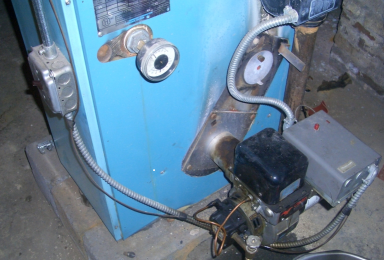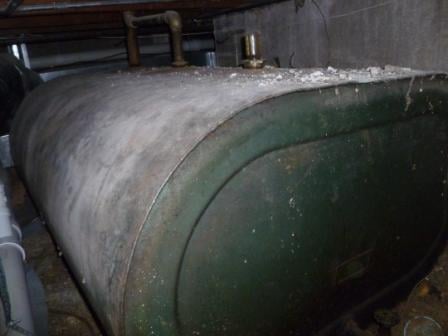4 Steps to Summerizing Your Oil Furnace and Home Heating System
This past winter has been unusually rough for much of the country, judging from the mounds of snow and ice that have battered northern and western...
1 min read
Bell Performance : Mar 18 2014

Although winter has made itself known with record snowfall nearly everywhere in the country coupled with record cold temperatures, spring is right around the corner.
 This year, most heating systems around the country have worked harder than usual. Changing over from winter to summer for those of you who use heat pumps or electric heating is simple, but if you heat using an oil burning boiler or furnace there are steps to take to shut the system down properly until the next cold season.
This year, most heating systems around the country have worked harder than usual. Changing over from winter to summer for those of you who use heat pumps or electric heating is simple, but if you heat using an oil burning boiler or furnace there are steps to take to shut the system down properly until the next cold season.
1. Soot and scale removal is the first item on your checklist for summarizing your oil heating system. Some people are comfortable doing this task themselves while others prefer to have professional help based on how dirty the system is.
In any event, it is best to have a professional cleaning scheduled at least every other year. Scale and soot build up are the main reasons systems are inefficient. Not bothering to clean it out will create problems with efficiency when you restart the system. This inefficiency means you spend more on fuel oil than you need to.
Also, soot has sulfur in it. When the soot is in contact with condensation in the system it forms a corrosive acid that eats away at metal surfaces in your system that can cause expensive corrosion damage. Cleaning your system yourself or professionally is the first step towards preparing to shut your oil system down.
2. Replace the filters. Sure, you can replace them before you turn the system back on. But, doing when closing the system down prevents you from forgetting and your filters are ready to work when you start your system back up next winter season.
Clean filters are necessary for proper airflow that is key to furnace efficiency.
3. Use warm weather months to save on oil prices. Fill your fuel tank during the summer months, as prices are lower than during the season.
4. Use a high-quality multi-purpose heating oil additive in your fuel tank. A good treatment for your heating oil should do all of the following:
5. If your hot water system uses your oil boiler, it is a good idea to clean the system again in late summer. Doing this makes the system more ready for the heavy use it gets when cold weather arrives.
Use an additive once during the fall and winter and again during the spring and summer to help keep your oil system healthy.

This past winter has been unusually rough for much of the country, judging from the mounds of snow and ice that have battered northern and western...

Part I of this series talked about tips for inspecting your heating system and fuel tank, and treating your fuel oil to prepare your home heating oil...

It's that time again. Homeowners up in the soon-to-be-frosty North know what's coming. Old Man Winter is showing signs of crashing fall's party - and...